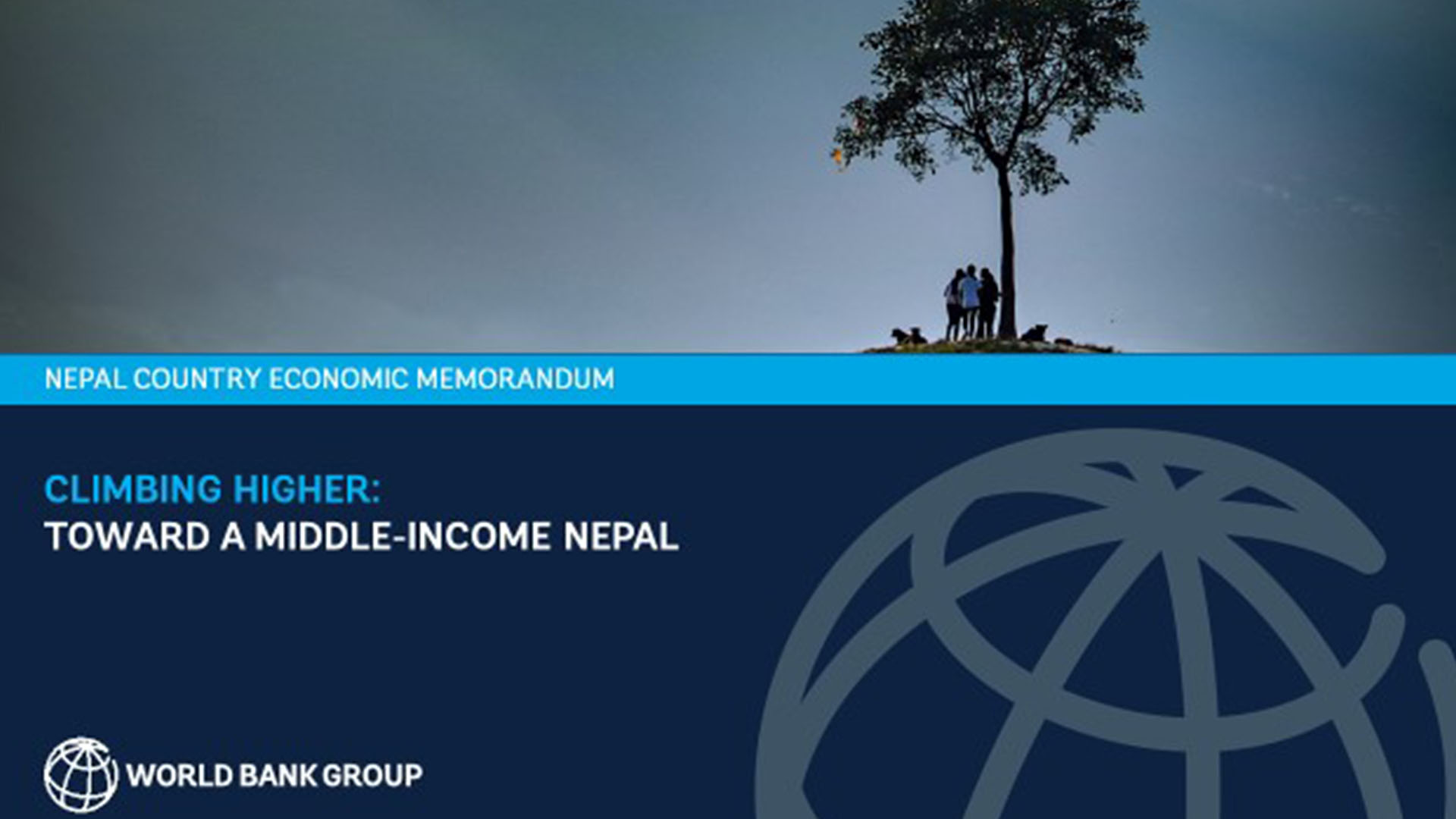4 years ago

According to the latest country classifications by income report published on Wednesday by the World Bank, Nepal has officially moved up to a ‘lower-middle-income’ country from a ‘low-income’ country.
The classifications, which are updated annually on July 1, are based on gross national income (GNI) per capita. Nepal saw its GNI per capita rise to $1,090 last year, from $960 in 2018, surpassing the $1,036 threshold for lower-middle-income countries in 2020.
GNI is the total amount of money earned by the country, and is used to measure the country’s wealth. The income includes the country’s gross domestic product (GDP) and the earnings it received from overseas sources, like remittance.
The World Bank assigns the world’s economies to four income groups—low, lower-middle, upper-middle, and high-income countries. In each country, factors such as economic growth, inflation, exchange rates, and population growth influence GNI per capita.
According to the World Bank, countries with GNI per capita of $12,535 are considered high income, while the upper-middle-income status countries have GNI per capita of $4,046 to $12,535.
Similarly, the lower-middle-income category includes countries with GNI per capita of $1,036 to $4,045 and countries with GNI per capita of below $1,036 are considered low income.
The bank said that it has taken account of the income classifications through the use of GNI of 2019, which does not yet reflect the impact of Covid-19.